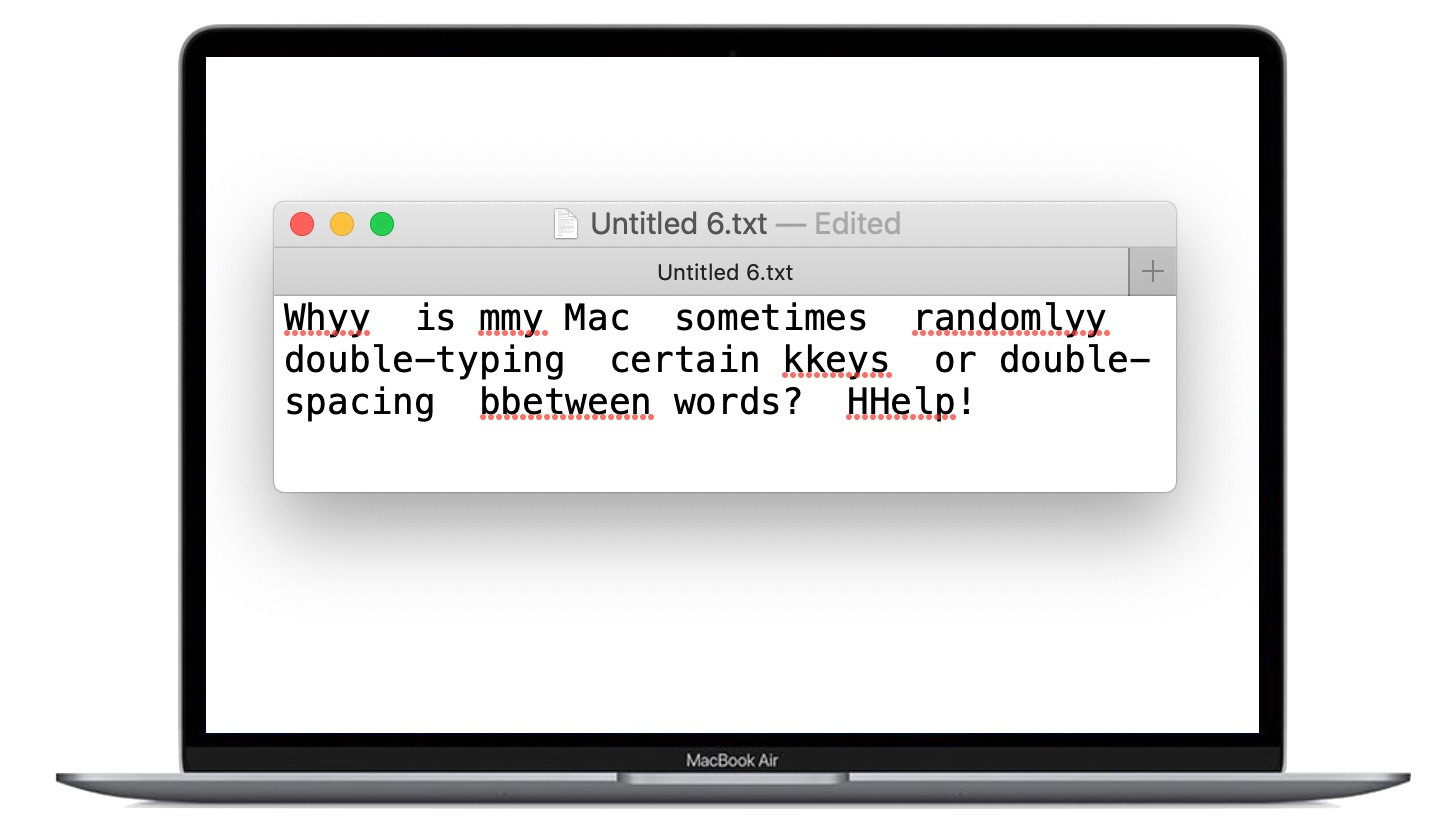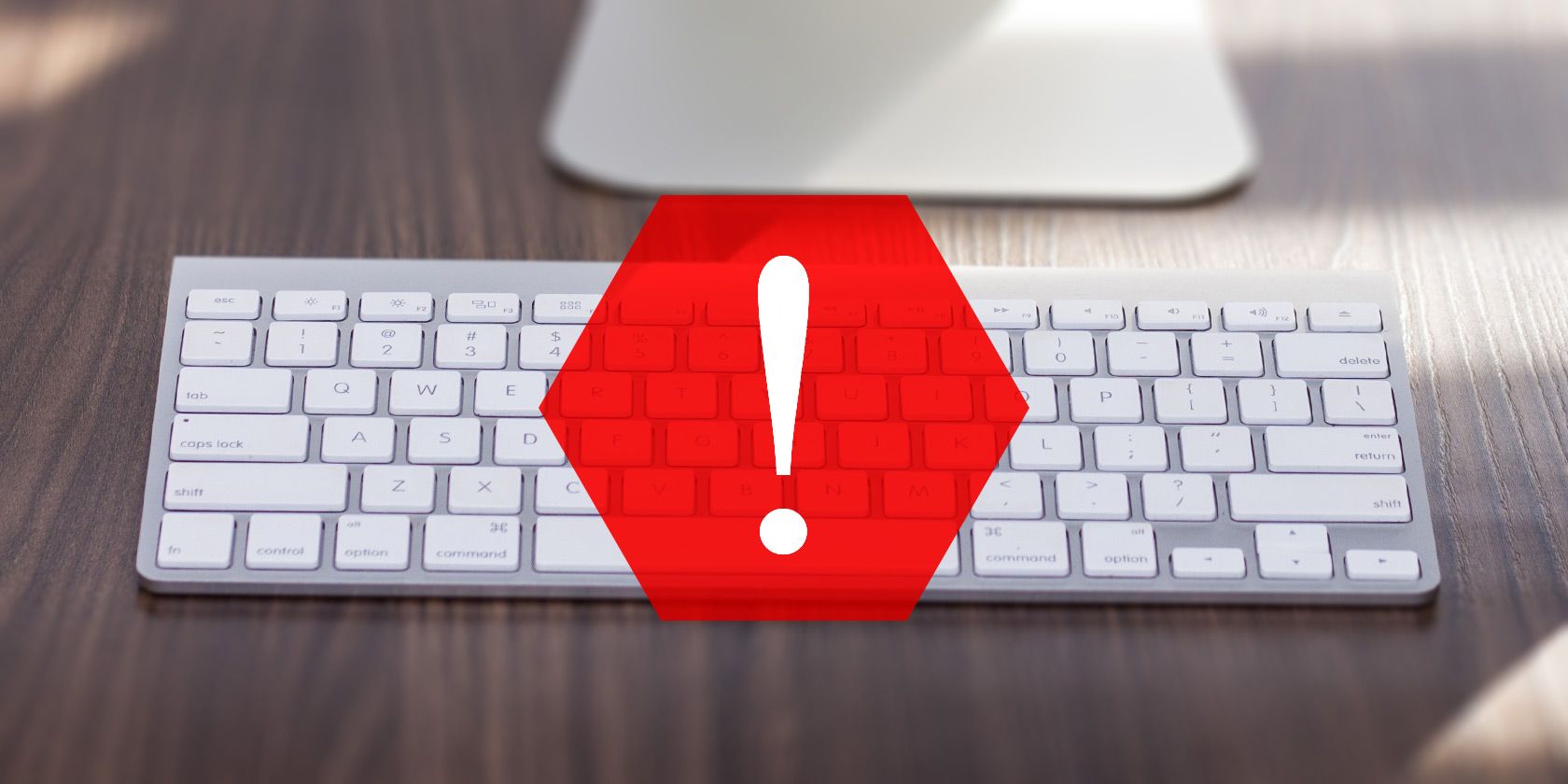
If you have multiple damaged keys, it might sense to replace the entire top case assembly with the keyboard.
#REPAIRING KEYS ON MAC KEYBOARD INSTALL#
Install the bottom arrow key as we did in steps 3-5. Install the key retainer on the target keyboard. Seat the plunger in the right position on the target keyboard and let the glue dry.Īt first, I tried applying some pressure on the plunger but it didn’t work, because the plunger just kept moving around.įinally, I just reapplied the glue and let the plunger to seat by itself for about 10 minutes without applying any pressure on it. The first time I wasn’t careful enough and the glue filled up the plunger. On my target MacBook Pro one of the metal hooks was bent so I corrected the problem.Īpply a small amount of super glue on the plunger edges. You can use a very small knife to separate the plunger from the keyboard. For example, pressing both Fn and F12 (speaker icon) performs. To use the standard function keys, hold the Function (Fn)/Globe key when pressing a function key. Some apps have their own keyboard shortcut preferences that you can customize. Try to remove it from the keyboard as clean as possible, so the bottom side of the plunger remains as flat as possible. Standard function keys work differently depending on the app and the keyboard shortcuts that you've set up. Very carefully separate the silicone plunger from the donor keyboard. Inspect the bottom side of the key, make sure that holders are not damaged.Ĭarefully remove the key retainer from the donor keyboard. Remove the bottom key from the donor keyboard. Push on the button until it snaps on the retainer. Make sure the holders engage with the retainer. Seat the side with holders on the edges of the key fist. In my case the left side of the key cap should be seated properly. When you install the key cap on the retainer, make sure to seat the side with holders on the edges of the key fist.


These holders secure the key cap to the retainer (hinge).

Turn the key cap over and inspect small plastic key holders on the bottom side of the key.


 0 kommentar(er)
0 kommentar(er)
